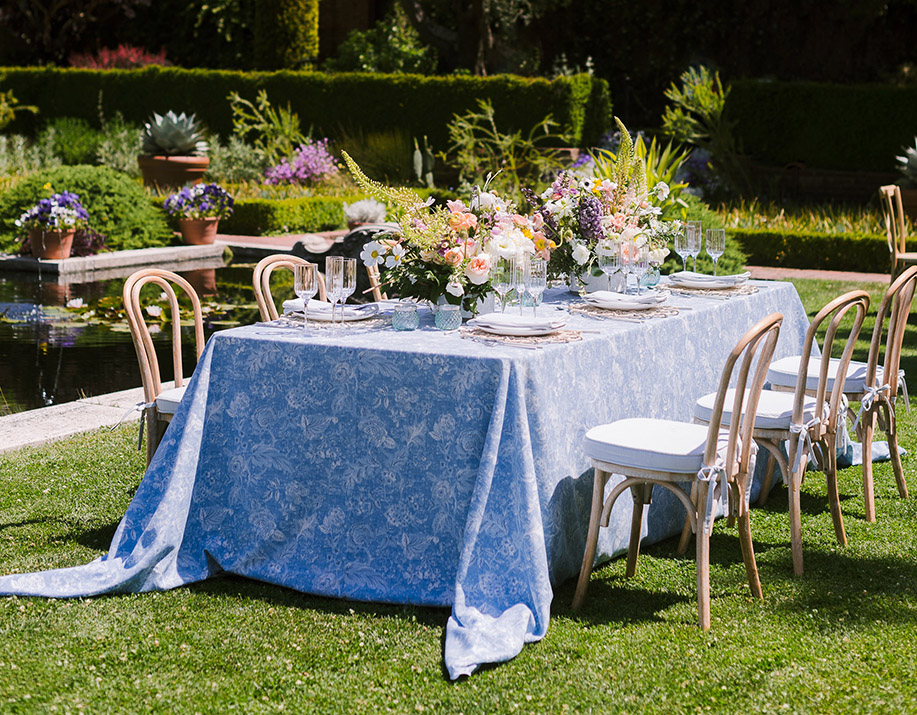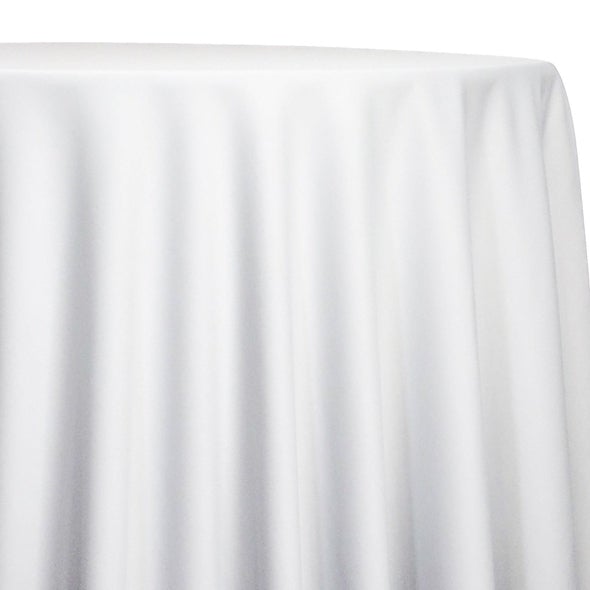Bed Linen Fabric Innovations: Checking Out Modern Trends and Creative Applications in Layout and Textile Market
From sustainable production methods to sophisticated weaving modern technologies, the advancement of linen is reshaping the landscape of the textile industry. As we delve into the realms of innovative design applications and the appearance of bed linen blends and hybrid fabrics, a new chapter unfolds in which linen's duty in future textile developments takes facility stage.
Sustainable Practices in Bed Linen Manufacturing
Sustainable techniques in linen production have become significantly vital in the textile market's initiatives to lessen ecological effect and promote ethical sourcing approaches. Bed linen, a natural fiber derived from the flax plant, offers a range of advantages such as biodegradability, breathability, and resilience. Nevertheless, conventional methods of bed linen production can include considerable water usage, pesticide use, and energy-intensive procedures.
To address these difficulties, lots of fabric producers are embracing sustainable methods throughout the linen manufacturing procedure. This includes sourcing flax from organic farms that prevent dangerous chemicals and chemicals, carrying out water-efficient retting techniques to remove fibers from the flax stalks, and making use of green dyes and finishes. Furthermore, some firms are purchasing renewable resource resources to power their manufacturing centers and decreasing waste via recycling and upcycling initiatives.
Technical Innovations in Bed Linen Weaving
With the expanding focus on lasting methods in bed linen production, the fabric industry is currently observing a surge in technical advancements particularly targeted at revolutionizing the art of linen weaving. These technologies are reshaping the means bed linen textiles are created, using raised performance, top quality, and imagination in weaving methods.
One of the key technological developments in bed linen weaving is the integration of electronic looms. These advanced looms are geared up with software program that permits intricate and complex designs to be woven with accuracy. By digitizing the weaving procedure, makers can attain higher consistency and accuracy in their linen fabrics.
Additionally, improvements in yarn spinning innovation have allowed the manufacturing of finer and more resilient bed linen yarns - table cloths. This causes softer and smoother bed linen fabrics that preserve their top quality also after multiple usages and laundries
Additionally, the development of environmentally friendly dyeing procedures and surfaces for linen textiles is gaining traction. These sustainable methods not just minimize the ecological impact yet additionally provide to the enhancing consumer demand for ethically produced textiles.
Creative Style Applications for Bed Linen
Cutting-edge creative strategies are increasingly shaping the creative design applications for linen in the textile market. Developers are pushing the borders of standard bed linen use, discovering its versatility in various applications. One popular trend is the combination of bed linen in sustainable style lines, where its environmentally friendly buildings are highlighted. Bed linen's natural visual appeal and ability to mix with various other fabrics make it a favored option for producing unique garments and devices that accommodate the eco aware customer.
Moreover, designers are try out bed linen in home decoration, using its resilient and breathable nature to craft stylish furnishings such as drapes, bedding, and upholstery. The appearance and drape of linen bring a feeling of class and convenience to interior spaces, adding a touch of elegance to modern homes.

Linen Blends and Crossbreed Fabrics
:max_bytes(150000):strip_icc()/sage-teddy_46-7e12be353dfc4e69b1afc52bf5af2820.jpg)
Hybrid materials, on the other hand, take the concept of blending an action additionally by integrating extra elements such as metallic threads, recycled products, or conductive fibers. These ingenious fabrics not just expand the style possibilities however likewise introduce functional aspects like conductivity, antimicrobial properties, or improved resilience. Hybrid materials are progressively being made use of in different sectors, redirected here consisting of style, interior layout, and technological fabrics, where the demand for multifunctional materials gets on the rise.
Bed linen's Role in Future Fabric Innovations

In the world of future fabric advancements, linen is expected to be a principal in the advancement of sophisticated useful materials. Developers and researchers are checking out ways to enhance linen's intrinsic qualities with technological improvements, such as integrating smart fabrics, nanotechnology, and efficiency finishes. These advancements aim to raise linen's efficiency qualities, making it suitable check that for a wider series of applications, from activewear to protective clothes.
Additionally, the combination of bed linen with various other all-natural or artificial fibers opens unlimited opportunities for developing novel fabrics with unique residential properties and performances. By leveraging bed linen's features and discovering ingenious blends, the textile industry is poised to introduce exciting developments that cater to progressing consumer needs and sustainability requirements.
Final Thought
Finally, the exploration of lasting methods, technical innovations, innovative design applications, linen blends, and its function in future fabric innovations highlight the continual evolution of linen material in the modern design and fabric industry. With a concentrate on innovation and creative thinking, the adaptability and environment-friendly nature of linen make it a valuable product for designers and manufacturers alike, leading the way for further developments and developments in the field of fabrics.
As we dive into the realms of innovative style applications and the development of linen blends and hybrid textiles, a new chapter unfolds in which bed linen's function in future fabric advancements takes facility stage.
Checking out the fusion of linen with other materials has actually led to the appearance of innovative blends and hybrid textiles in the contemporary fabric market. Linen blends offer a special combination of the attributes of bed linen with those of various other fibers, resulting in textiles that have improved properties such as boosted sturdiness, boosted draping, and minimized wrinkling.The these details development of linen blends and hybrid textiles has actually established the phase for Linen to play an essential duty in driving future fabric developments.In the realm of future textile technologies, bed linen is anticipated to be a vital gamer in the development of advanced functional fabrics.